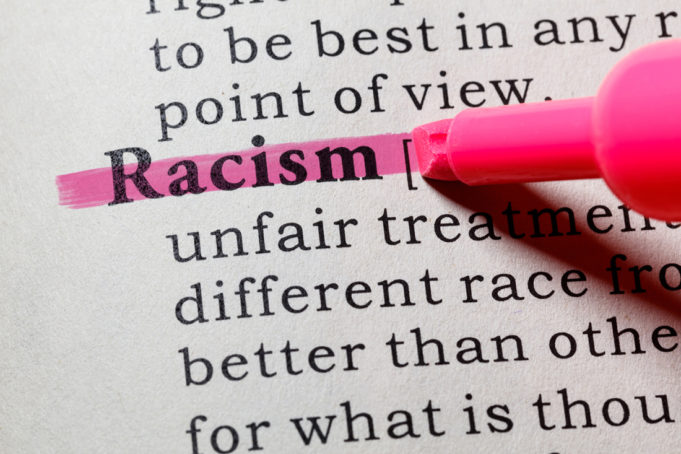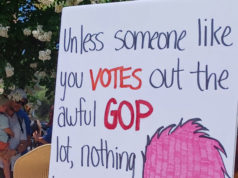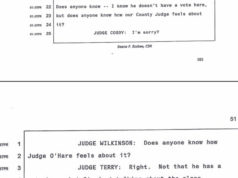TCU is an endemically, structurally racist institution staffed from the top down with discriminatory actors – at least according to Jane Doe 1 in a filing with the Dallas Division of the U.S. District Court. The 91-page lawsuit contains a litany of detailed accusations against several faculty members, principally Diane Snow, dean of the Honors College. The filing also contains page after page of racist incidents from the university’s birth in 1873. TCU cofounders Addison and Randolph Clark, officers in the Confederate Army, were unable to find employment in federally funded schools after the Civil War. As a result, the lawsuit says, they created a private school where they could incubate “precisely the brand of hatred and bigotry promoted … during the war.”
While there is much gilding of the lily in the lawsuit, there is a lot for which TCU needs to answer. To be sure, TCU has a history of racism. Equally sure is that the university acknowledges this. Does it seem plausible that some faculty and staff at TCU hold and share racist views, opinions, and behaviors? Of course it does. There is an element in all societies that is racist. Does it strike one as likely that TCU represents an especially egregious type, degree, and depth of racism outside that observed in any other workplace? Who knows. Anecdotally, you only need to hang out on or near campus – as a member of the excellent Rec Center or as a customer in the bars and restaurants frequented by TCU staff, faculty, and students –– to regularly overhear latent and active racist language. Indeed, the lawsuit alleges that white students have described their Black History Month as involving “going to KFC,” “playing football with a black guy,” and having “relatives who live in Jasper.”
TCU realized a few years ago that it had a race problem. It was cultural and systemic. It was equally a problem of perception and of being out of touch with a changing world. In 2016, new diversity, equity, and inclusion programs marked a landmark effort to change the culture within the school and the perception of it from without. This effort can be derided as too little too late or as part of a pattern of token gestures made from time to time. Alternatively, we can give the university the benefit of the doubt, assume that this time they mean it. Should the latter be the case, TCU’s culture shift might be hampered only by the golden handcuffs of the tenure system in which faculty are tethered to their posts in spite of almost any words or deeds.











